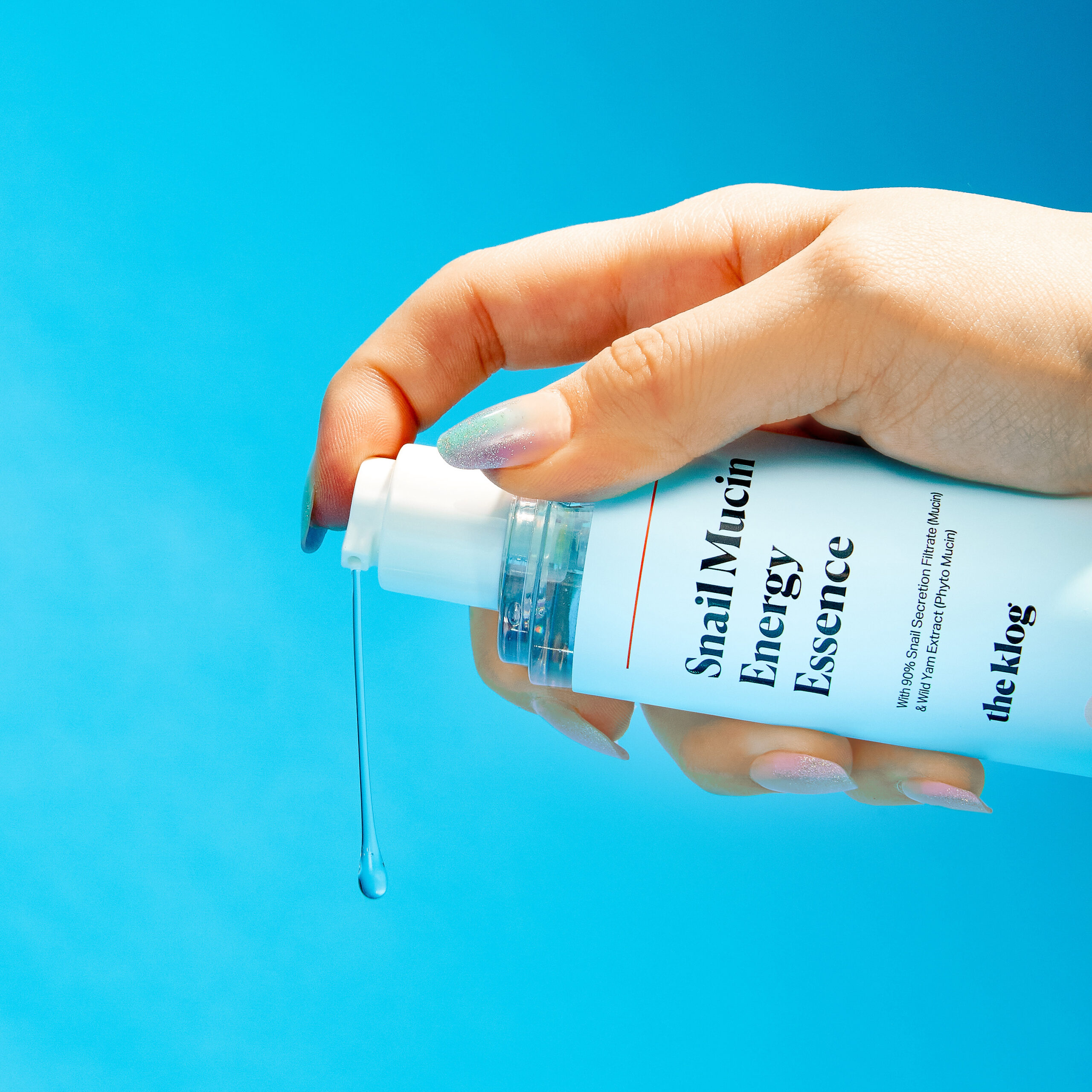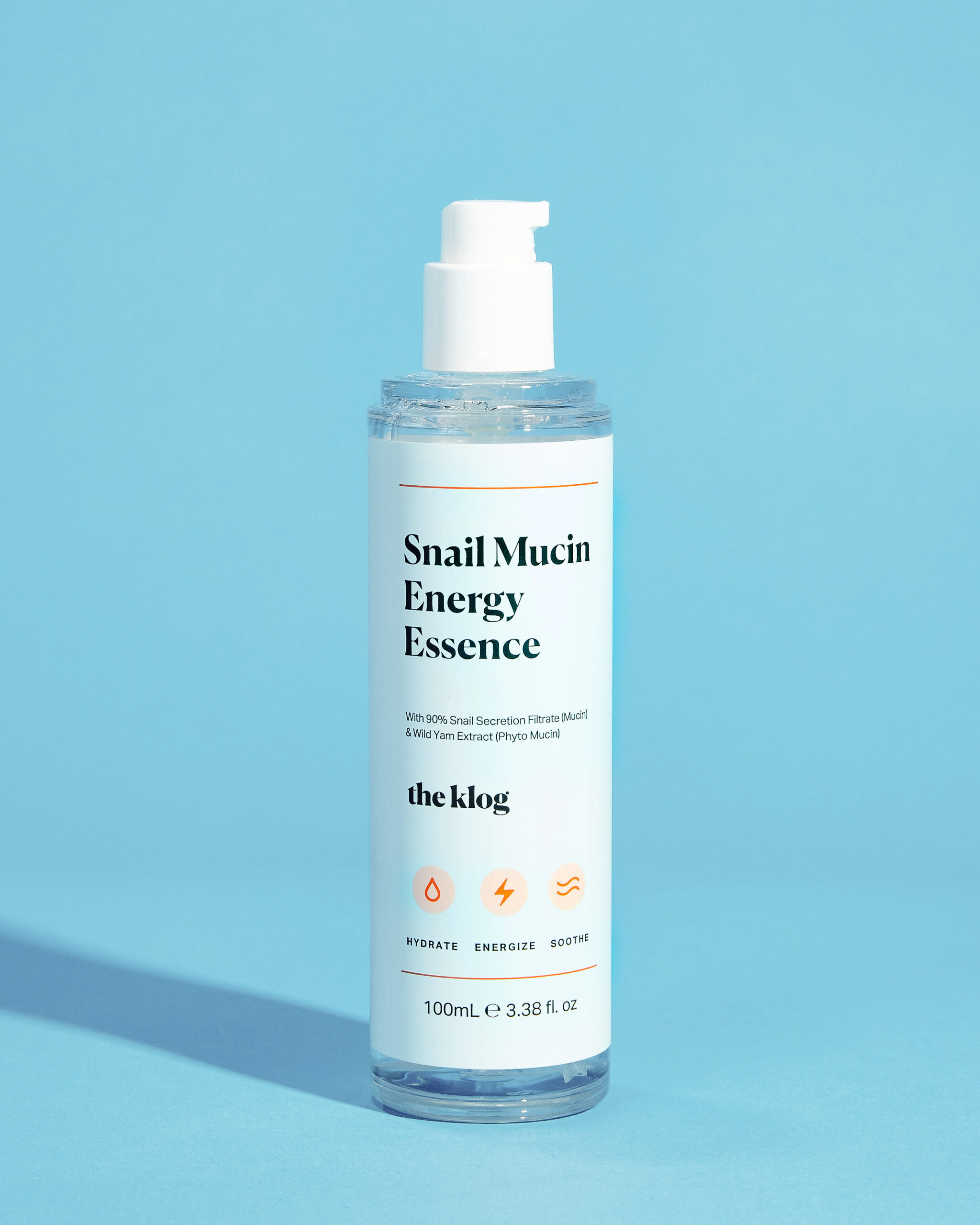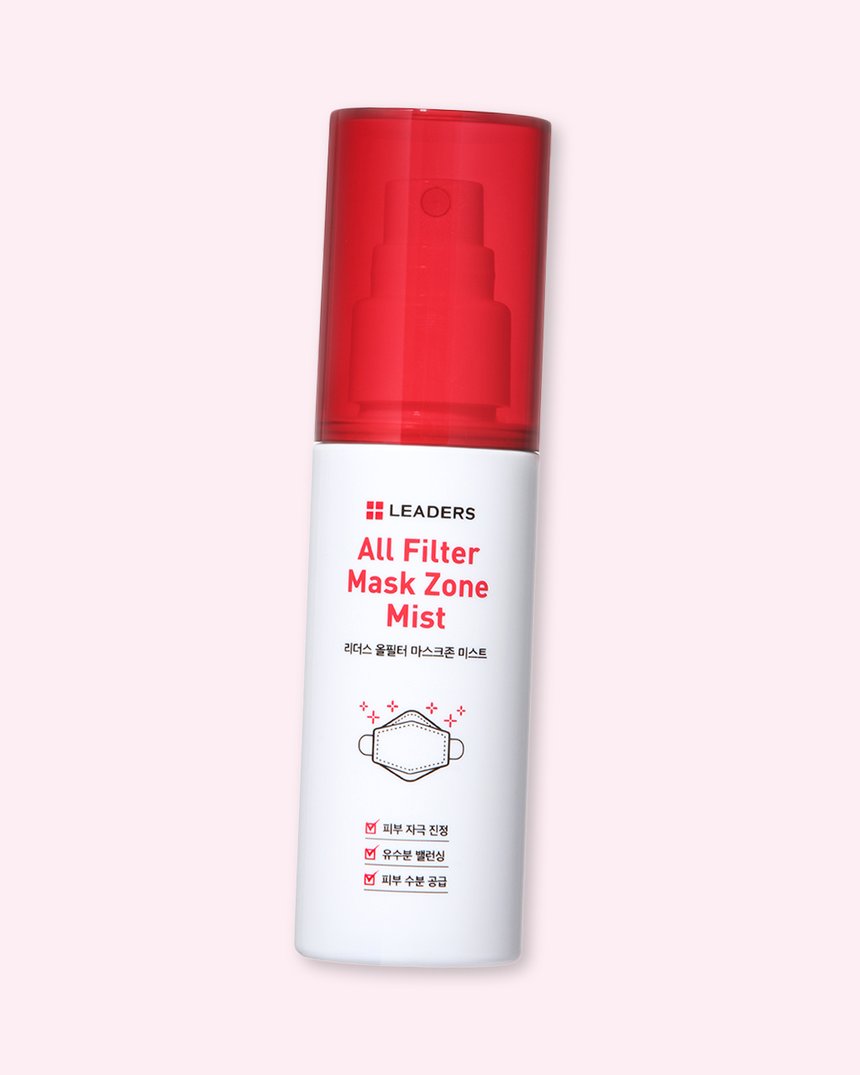From your dinner plate to your face.
As a child, the refrain of “finish all your vegetables” probably haunted most of your mealtimes. However, as an adult, you’ve most likely found that veggies have infiltrated your overpriced green juices, NutriBullet smoothies, homemade meals, and, unknowingly, your skin care.
Before you let out an audible gasp, let us provide some historical context. Apart from their many internal health benefits via consumption, vegetables, herbs, and roots, like wild yam root, have been utilized for centuries in Eastern Asian holistic health practices for their benefits, so their current incorporation into skin care isn’t surprising, especially during a rise in natural and hanbang ingredients.
Although wild yam root extract (dioscorea villosa) sounds like it should be on your dinner plate, the beneficial root is currently finding itself on faces across South Korea due to its likeness to K-Beauty staple snail mucin. We’re currently in love with this trending ingredient and want to let you in on all of its plant-based hydrating goodness.
Ready to explore wild yam root extract AKA phyto mucin?
Wild Yam Extract (Phyto Mucin) in Skin Care
Wild yam root isn’t actually all that new to skin care! For years, skin care professionals, cosmetic chemists, and dermatologists have incorporated the plant-based phyto mucin into anti-aging skin care because the extract contains a unique compound called diosgenin.
According to Hindawi, a scientific journal, diosgenin helps delay the skin from chronological aging and contributes to reverse photoaging skin damage. Some studies have also shown that the diosgenin content from wild yam extract can also act as an effective inhibitor of hyperpigmentation, making it a suitable ingredient for folks trying to fade acne scars or skin discoloration.
Wild Yam Extract (Phyto Mucin) As A Plant Based Alternative to Snail Mucin
Unless you’ve been MIA from the skin care side of social media or the internet, then you probably have seen influencers and netizens sing praises of one peculiar K-Beauty ingredient produced from our friendly gastropods: snail mucin.
The skin care community loves snail mucin due its truly astonishing multitasking abilities. Snail mucin, AKA snail secretion filtrate, does everything from plump and hydrate to regenerate and battle hyperpigmentation.
In Korea, wild yam extract is being explored as a phyto mucin, or a plant-based alternative to snail mucin due to its similarity in texture and its skin care benefits, including its antibacterial, antioxidant, brightening, and skin healing effects on the skin.
So, if you’re looking for an alternative to Korean skin care’s favorite ingredient, snail mucin, we recommend finding products that contain a high-level concentration of wild yam extract, a phyto mucin, which delivers similar results.
Wild Yam Extract Recommendation: So, are you ready for our product recommendations?

If you’re looking for a product that combines both of our favorite mucins, snail mucin and wild yam extract (phyto mucin), we highly recommend adding the newly launched Klog Snail Mucin Energy Essence into your skin regimen. This fast-absorbing gel-to-liquid essence is formulated with 90% snail mucin and wild yam extract (phyto mucin) to deeply hydrate all skin types while improving skin texture, hyperpigmentation, and acne scars.
If you’re looking for a solely vegan solution to irritated skin that incorporates wild yam extract, we recommend the Leaders All Filter Mask Zone Mist. Due to the new normalities created by the most recent pandemic, wearing a face mask has become a daily ritual that we have all inherited. However, due to the hot, moist environment created by wearing a face mask, our skin can become easily irritable, eventually leading to breakouts making us dread wearing a face mask. But with Leaders latest skin care innovation, the All Filter Mask Zone Mist calms irritated skin, using cica and phyto mucin to strengthen the skin’s natural barrier while fighting external aggressors.
Final Thoughts:
Not only is wild yam extract great for your health, but studies and scientific research has also shown it to be a game-changing skin care ingredient that you’ll probably want to incorporate into your 2022 skin care regimen. Watch as phyto mucin quickly becomes your new strengthening, hydrating, and regenerating BFF.
+Have you tried wild yam root extract? Let us know if you like it below!















